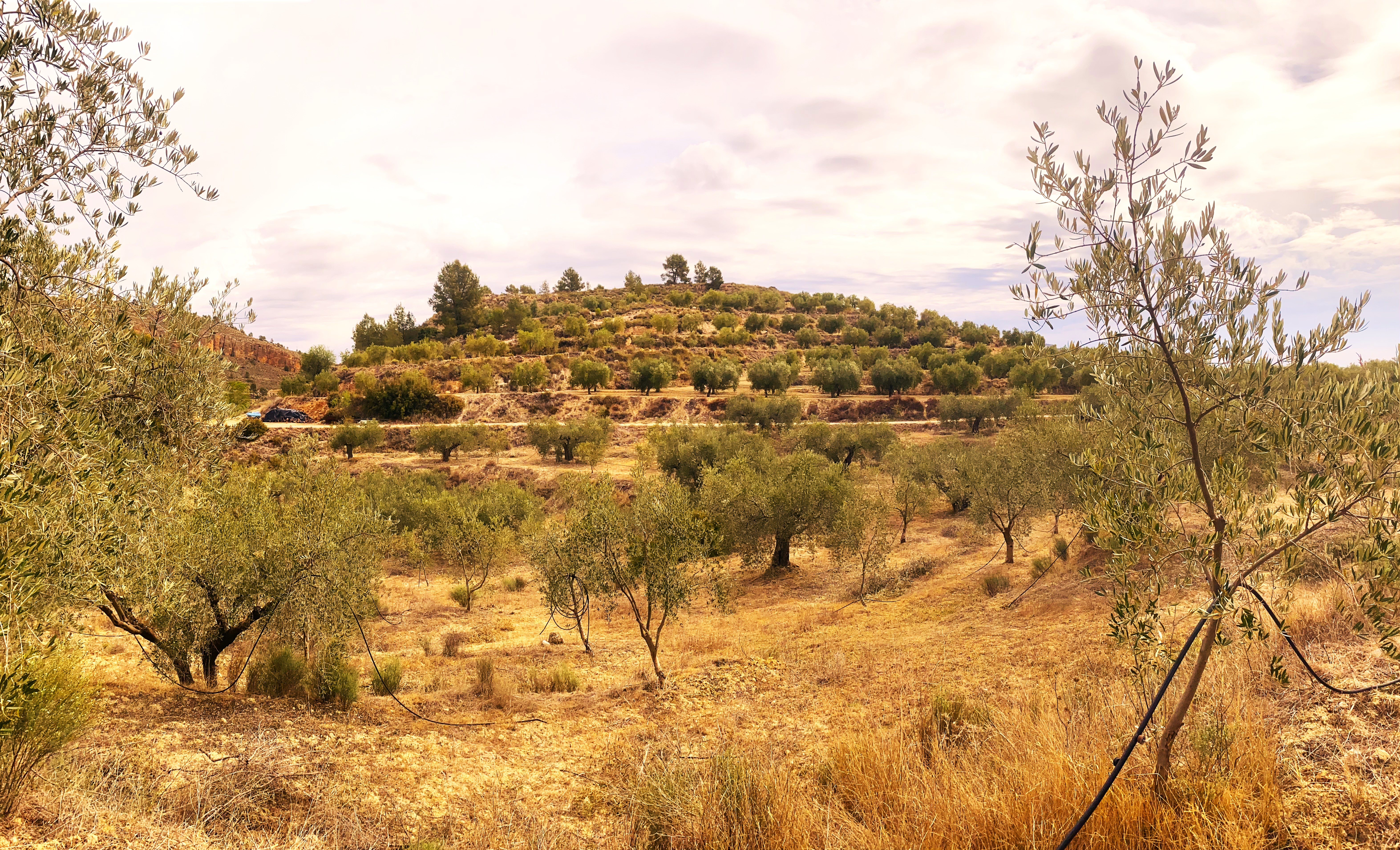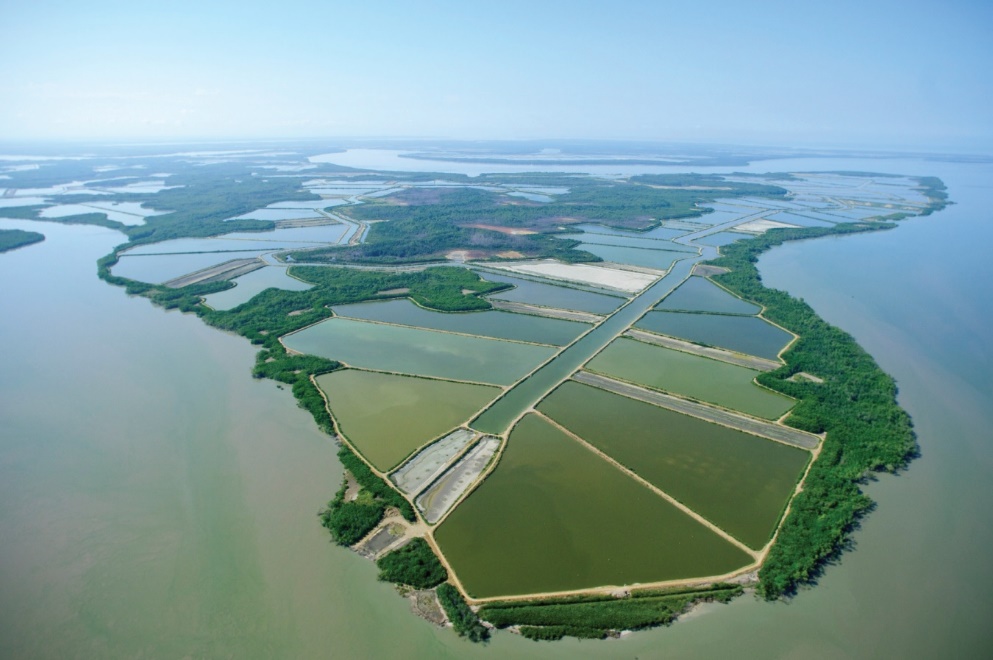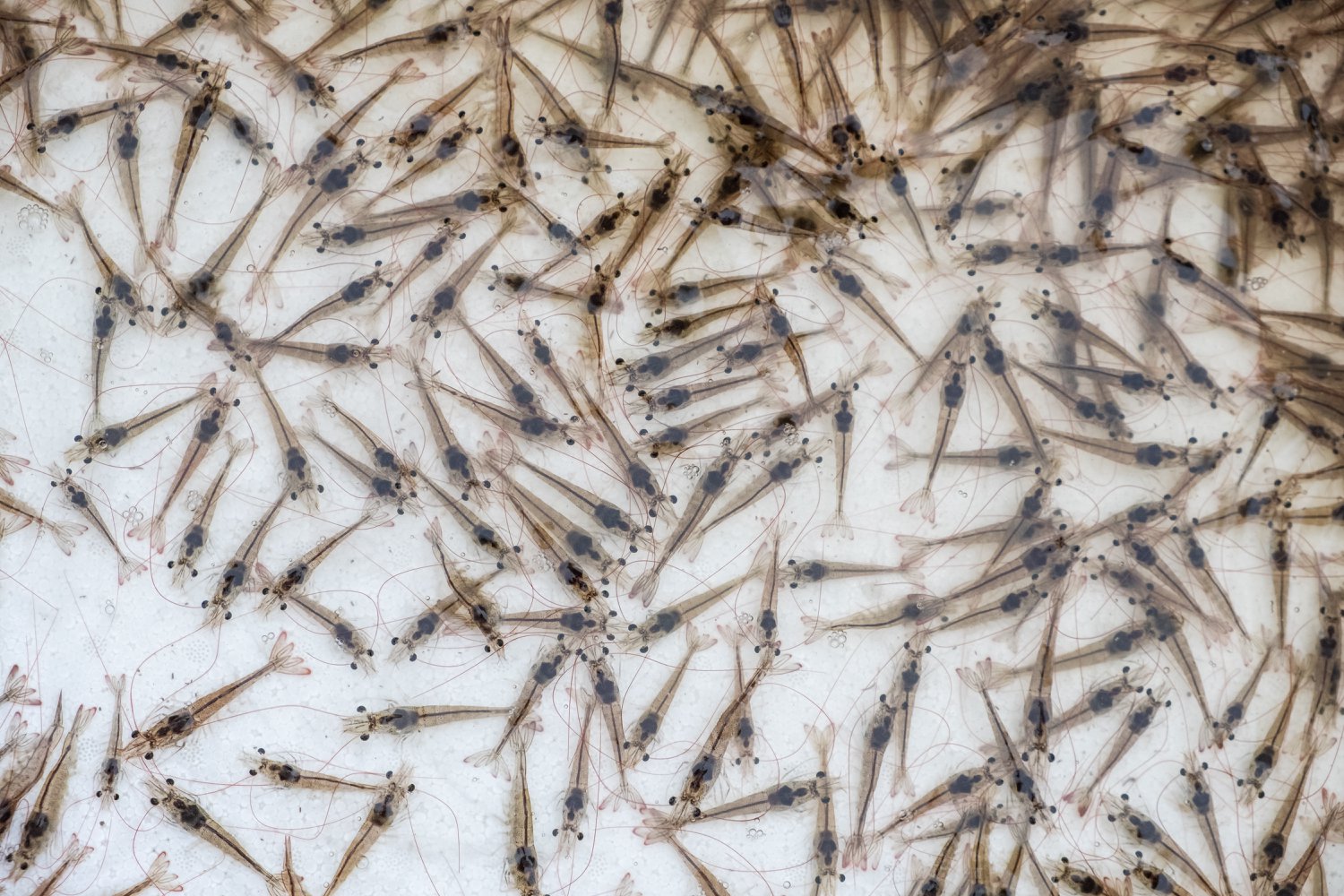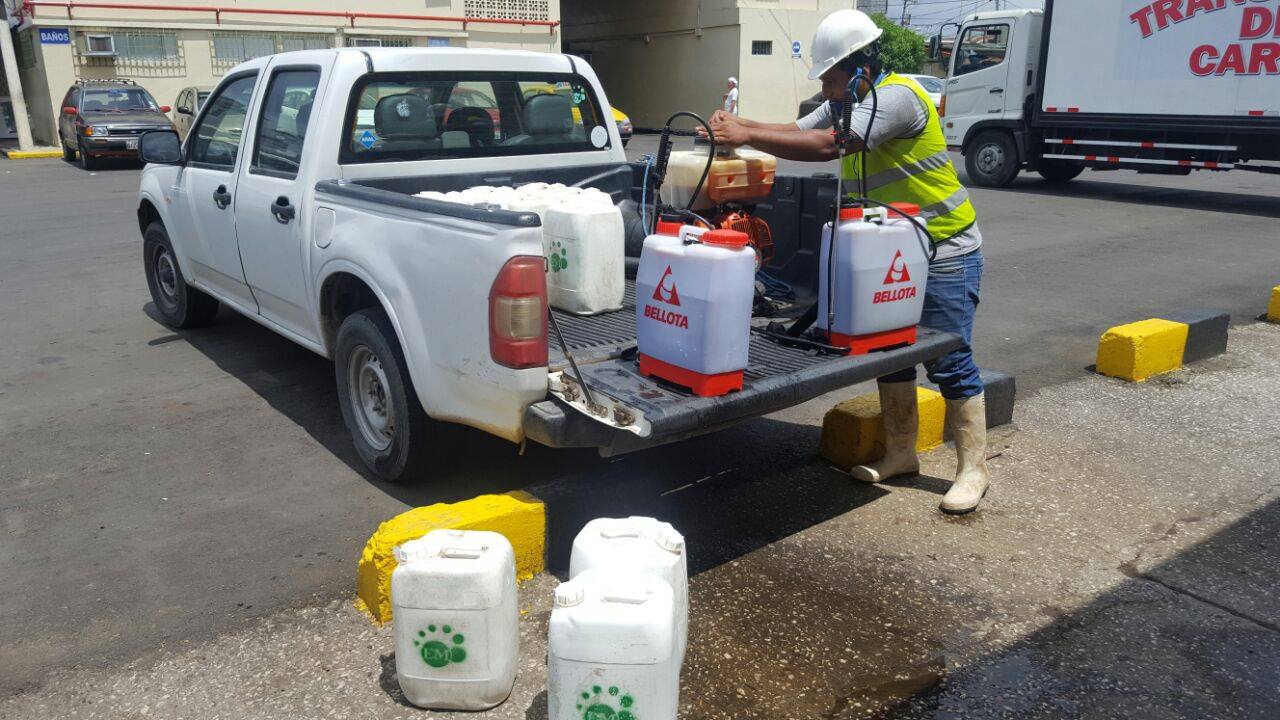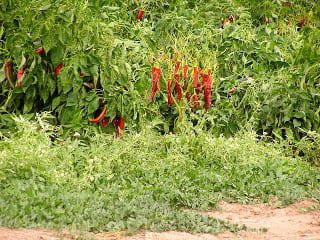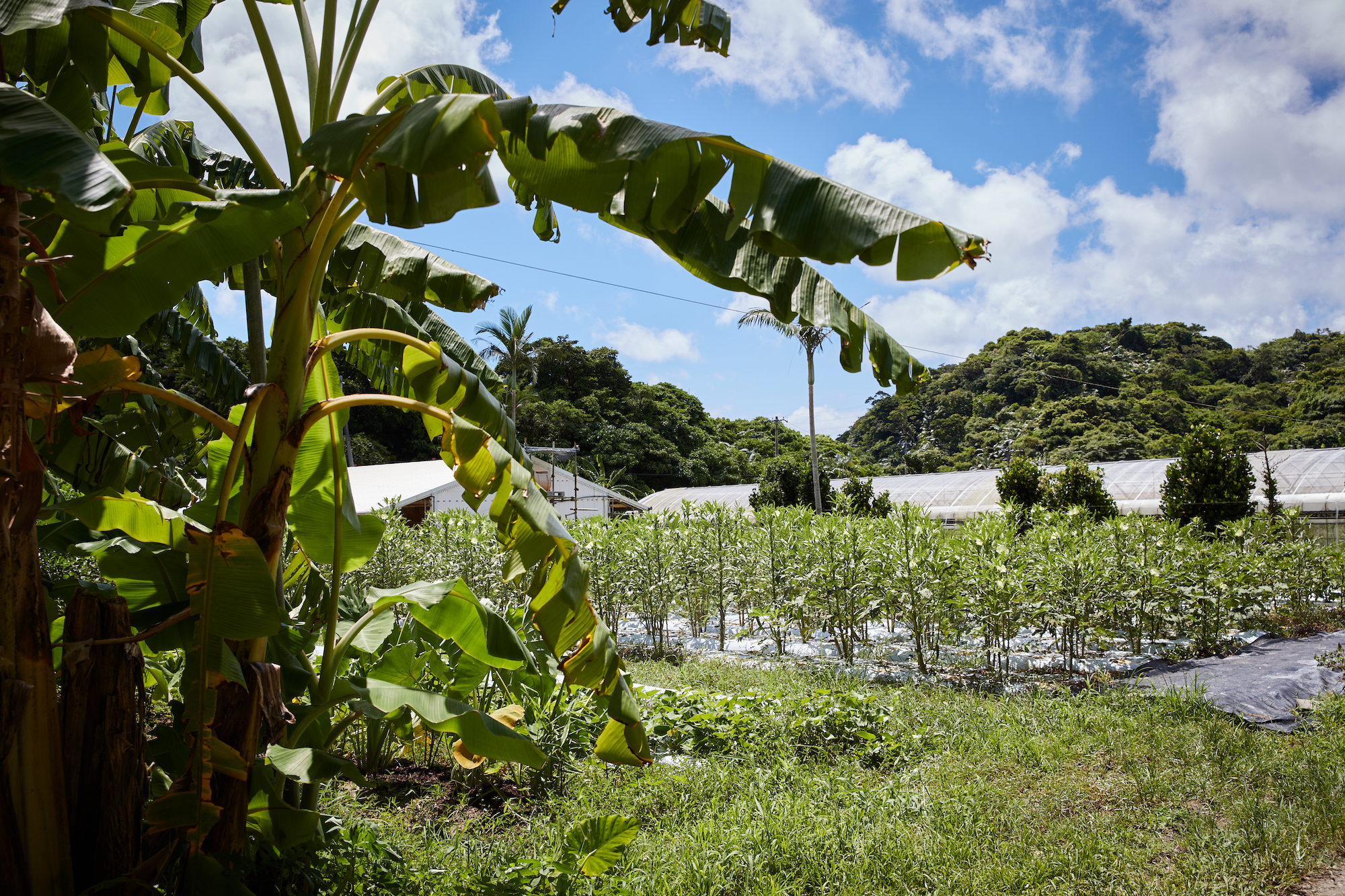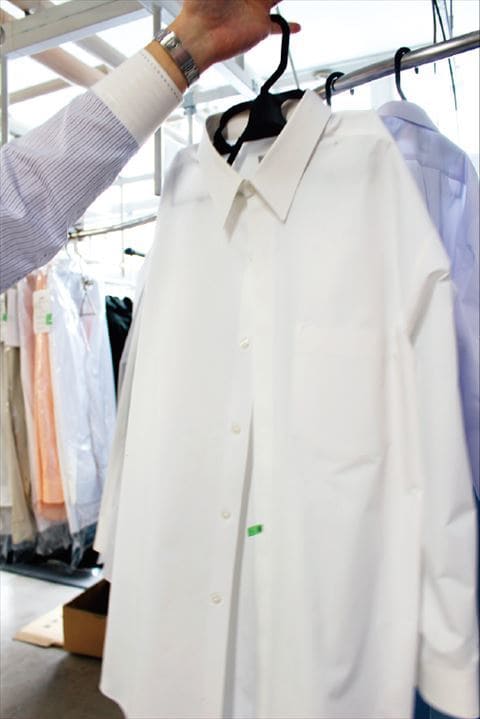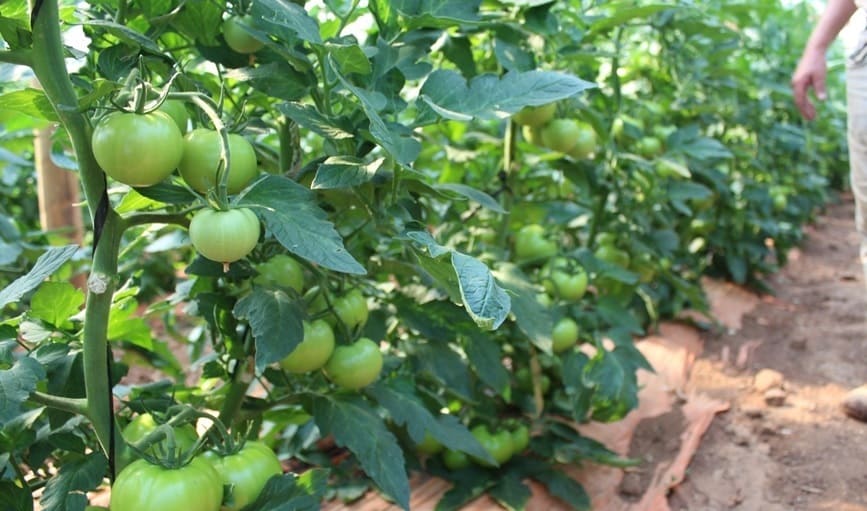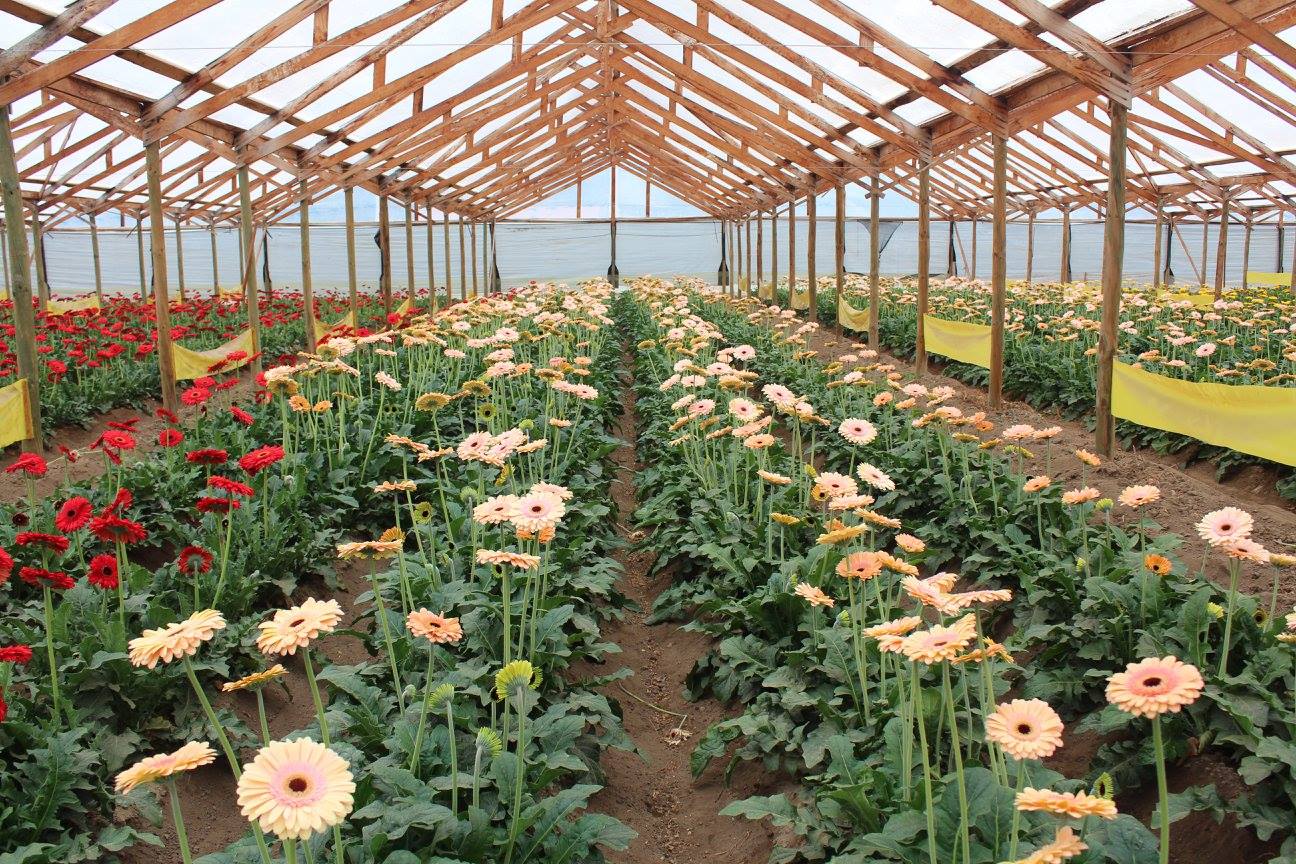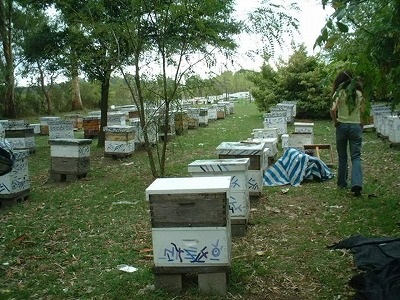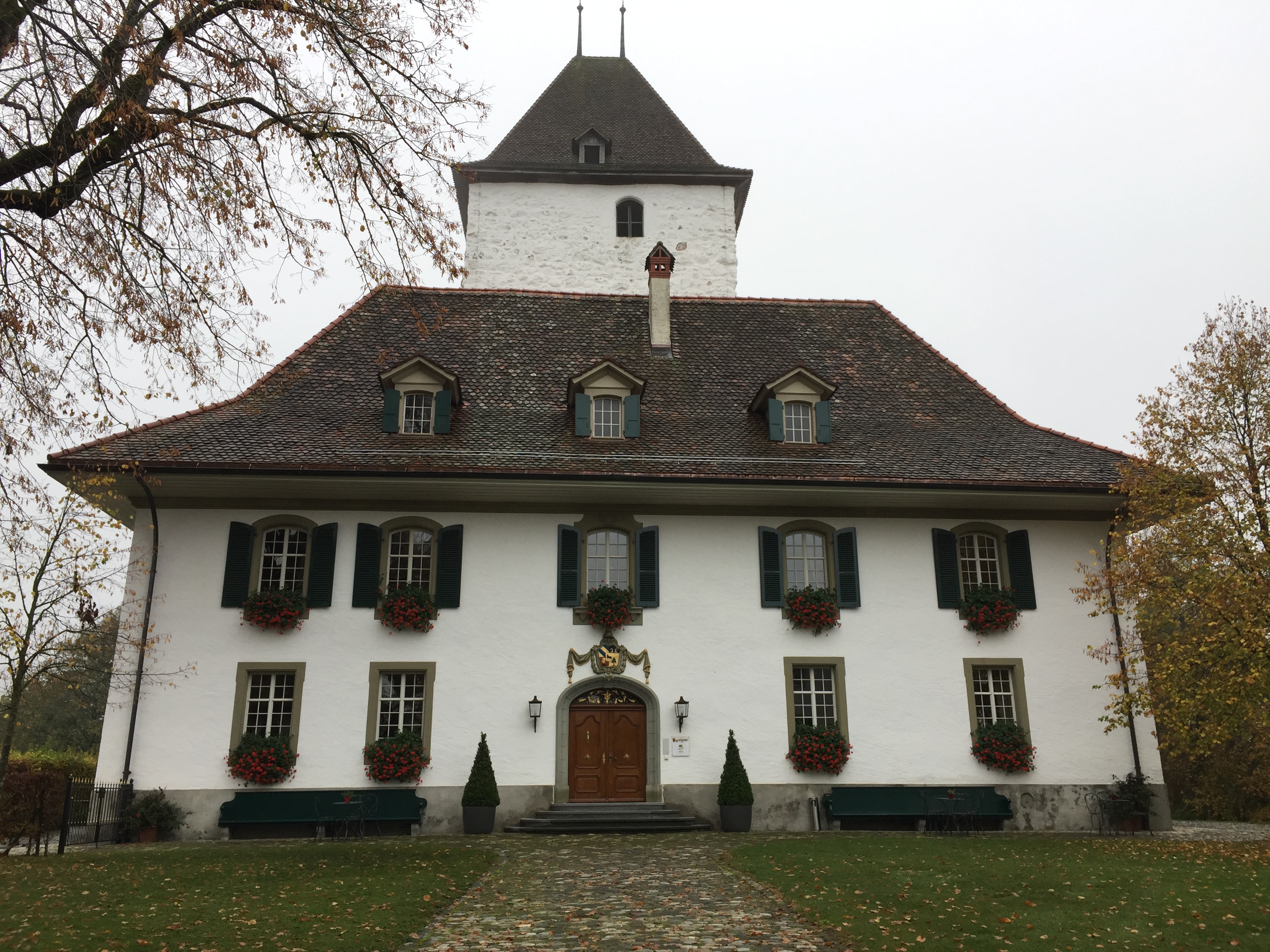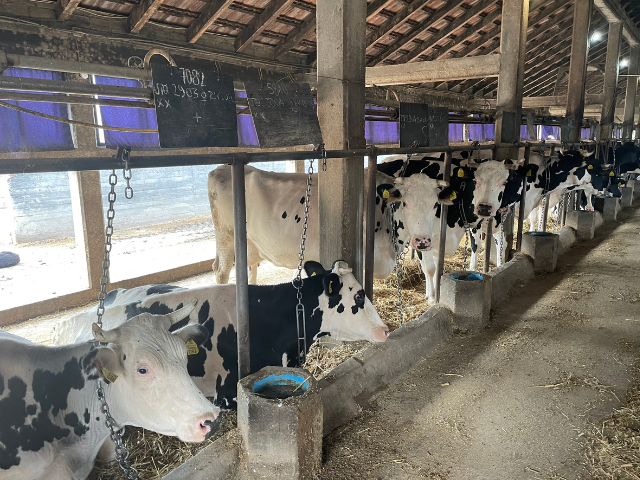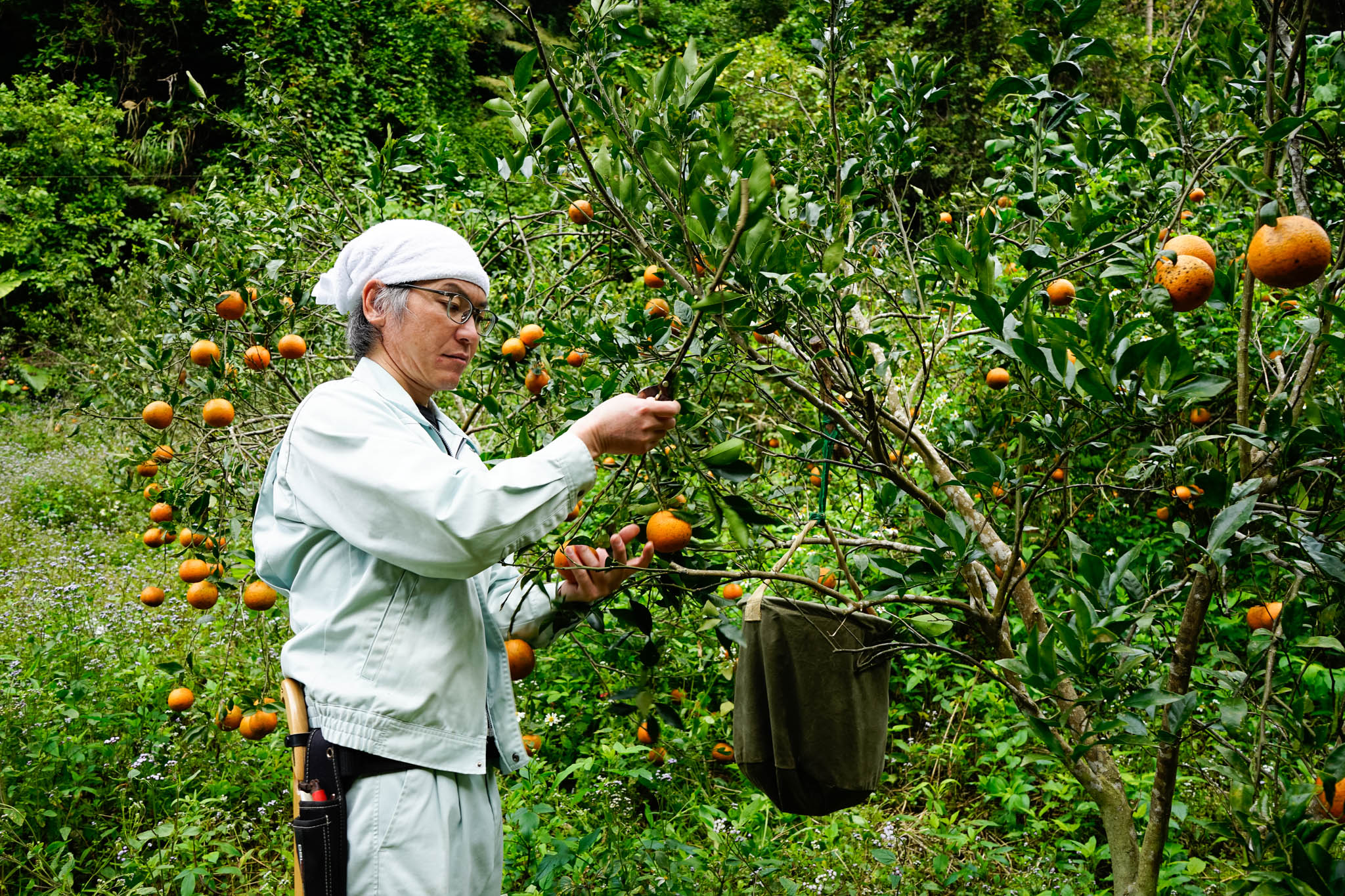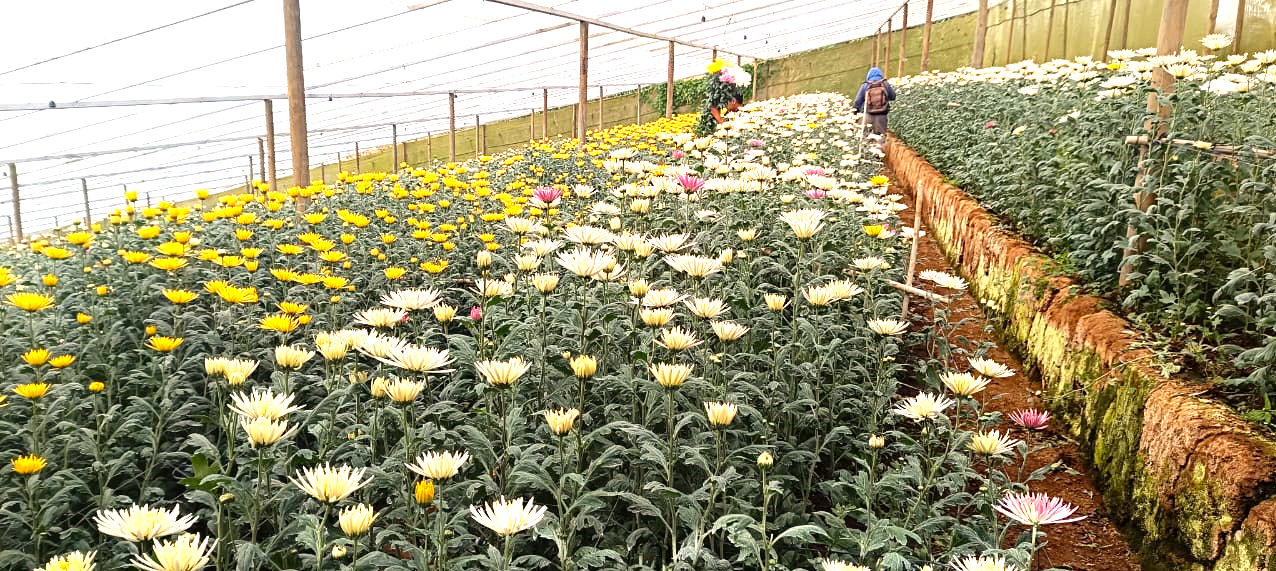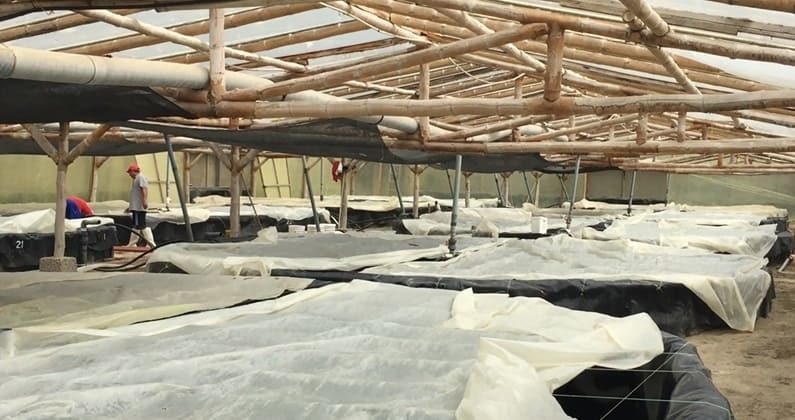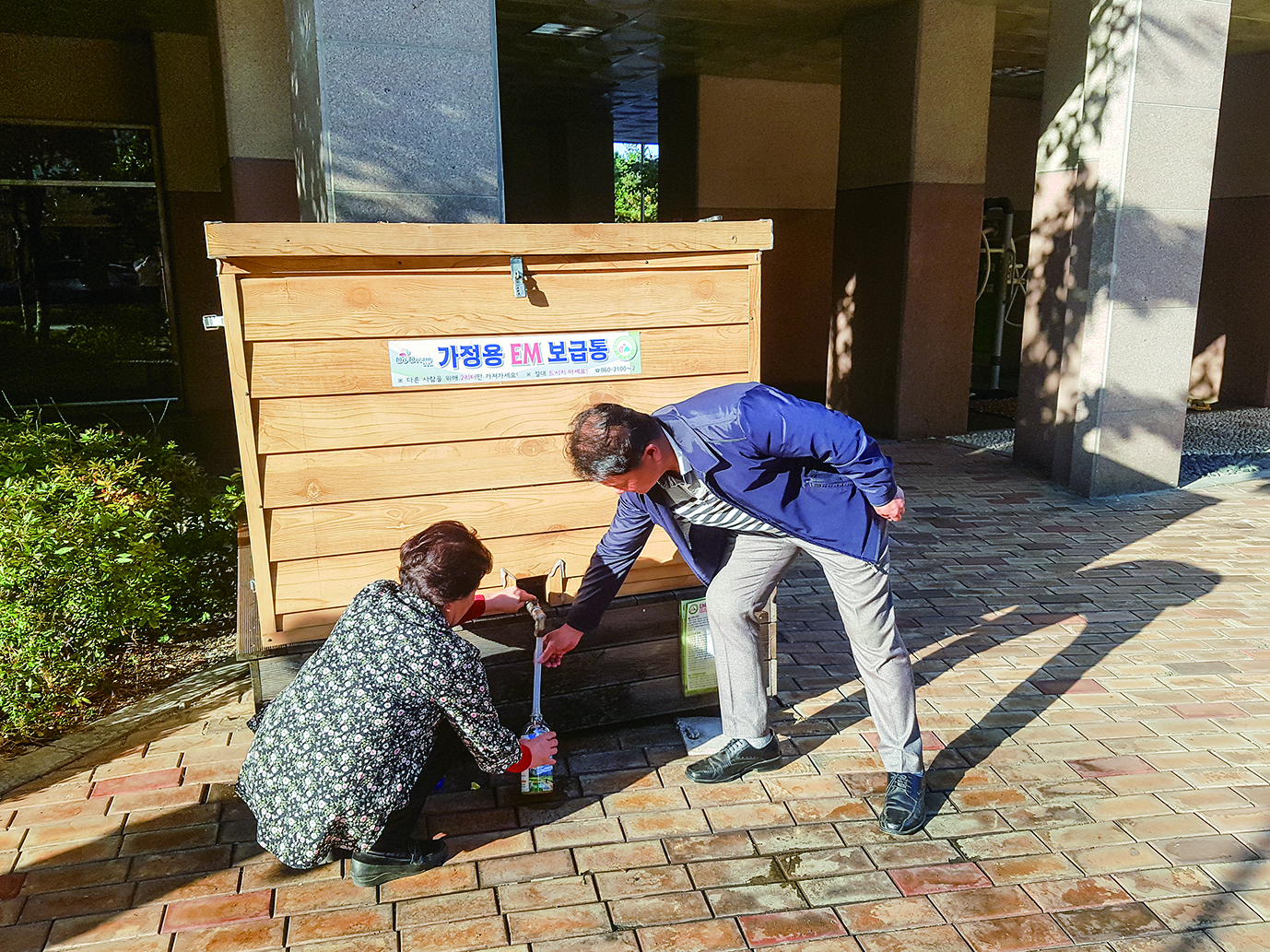Case Studies
Improving Survival Rate in Shrimp Farming
Guayas, Ecuador
PESQUESOL S.A.Business Management

Located in Puerto Sabana, Guayas province, the shrimp production company, PESQUESOL S.A., has been using EM Technology for 5 years.
Scale of the famr is 180Ha distributed in 22 ponds of 5Ha to 10Ha each
They produce 1.2 Ton/Cycle, each production cycle takes 90 to 120 days
Scale of the famr is 180Ha distributed in 22 ponds of 5Ha to 10Ha each
They produce 1.2 Ton/Cycle, each production cycle takes 90 to 120 days
Problems

In 1999 the outbreak of White Spot disease caused a significantly loss of 50% of Ecuador national production. Since then, there are a lot of international regulations for applying antibiotics being the future of shrimp market in despairing. Lately, there are other types of disease known as EMS (Early Mortality Syndrome), a vibrio bacteria that is affecting all over the world.
When shrimps are infected by EMS can survive for only few days.
PESQUESOL, specifically, has faced problems with the accumulation of sediment organic sulfur compounds on the bottom of production ponds that caused big amount of sludge and bad odors due to the accumulation of sulfurs.
Staff had to go into the ponds to cleanup and got caught by the thick sludge.
When shrimps are infected by EMS can survive for only few days.
PESQUESOL, specifically, has faced problems with the accumulation of sediment organic sulfur compounds on the bottom of production ponds that caused big amount of sludge and bad odors due to the accumulation of sulfurs.
Staff had to go into the ponds to cleanup and got caught by the thick sludge.
EM Application

They use EM・1 directly to cultivation ponds to control quality of water and seidments.
They also use EM・1 to ferment organic feed that helps shrimp to digest it better.
They also use EM・1 to ferment organic feed that helps shrimp to digest it better.
Effects and Results

With the use of EM in fermenting feed, shrimps grow faster due to the action of EM making proteins available to adsorb. Shrimp grow bigger than using conventional feed only.
Survival rate improved from 40% to 90-97%.
Further, production cost has been reduced approximately 50% due to reduction of chemical products.
Survival rate improved from 40% to 90-97%.
Further, production cost has been reduced approximately 50% due to reduction of chemical products.
(Updated in December, 2017)


